There are many ways to protest, and some are more effective than others.
Research has shown that non-violent protests are more effective than violent protests, but there are numerous ways to protest non-violently. How does signing a petition stack up against making a phone call, protesting in the street, or organizing a boycott? And what about internet-based protests—can they actually make a difference?
In recent months, grassroots campaigns organized via social media have aimed to disrupt everything from a Trump campaign rally to popular hashtags used by white supremacist groups via hashtag hijacking.
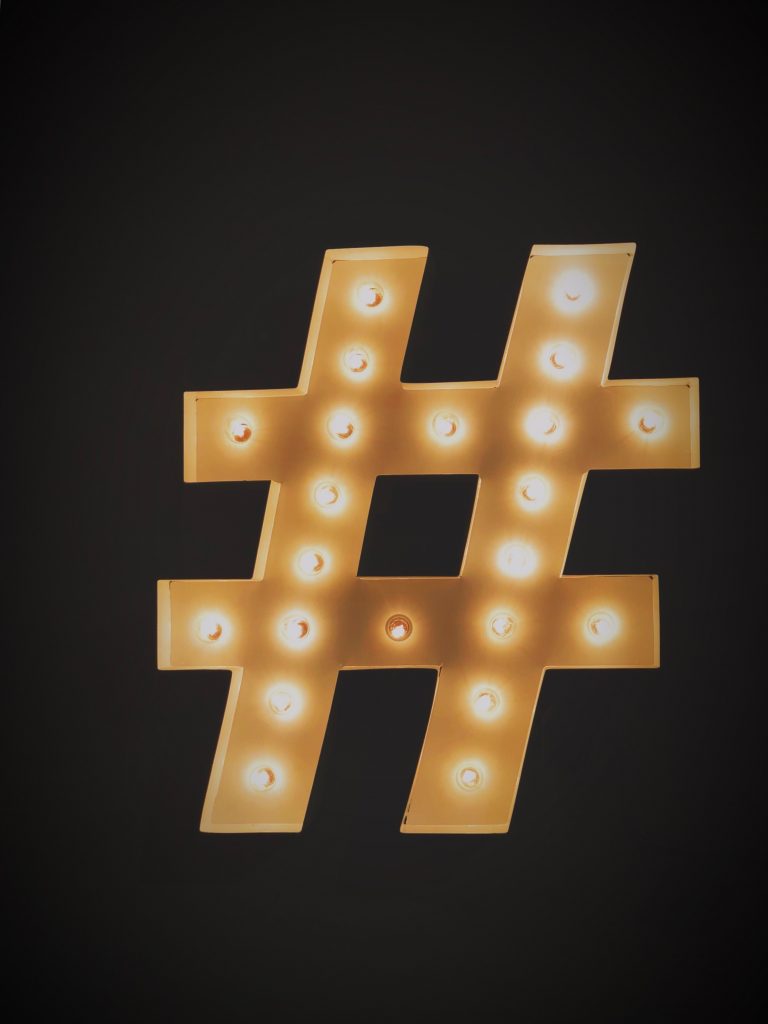
(Jon Tyson, Unsplash) 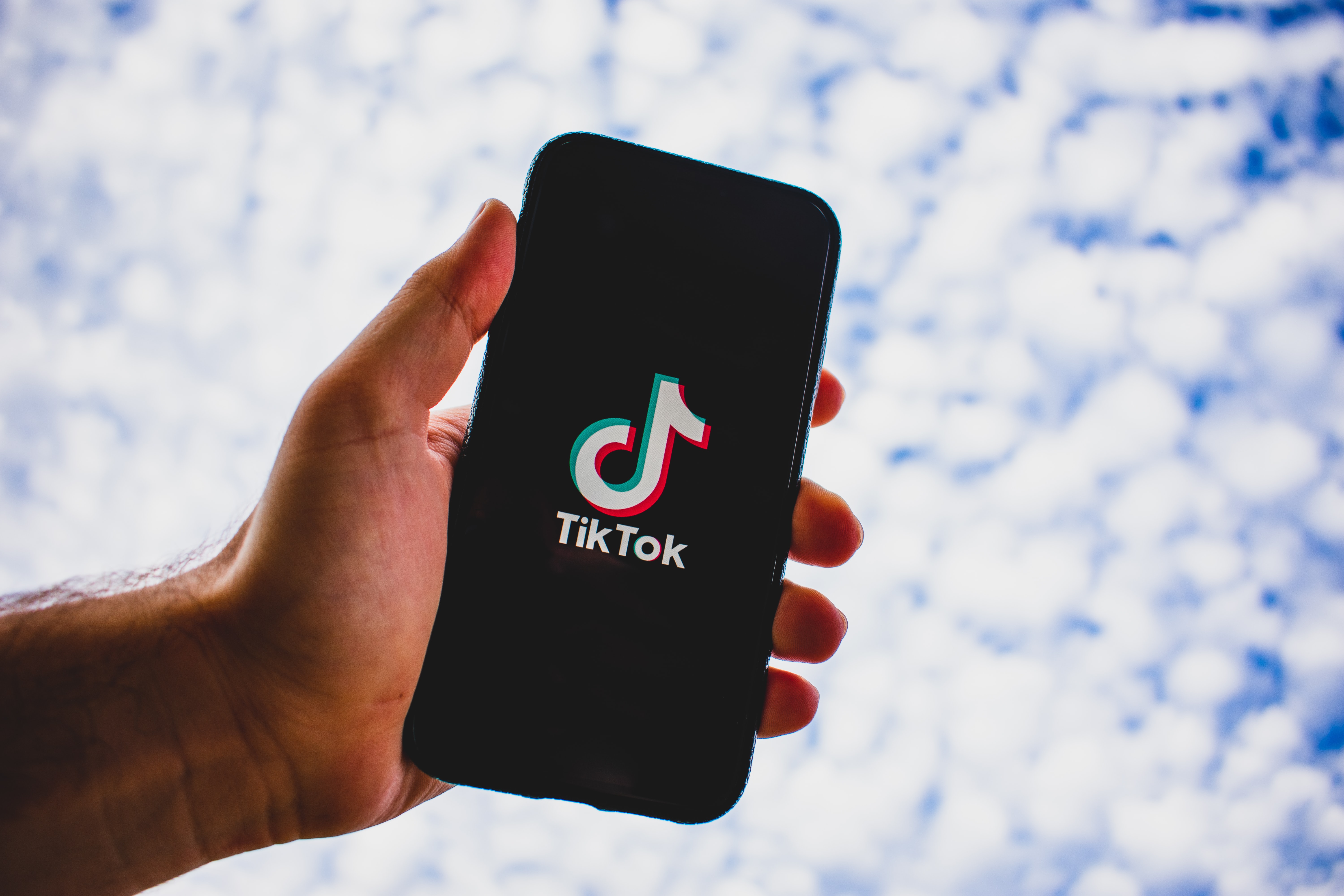
(Kon Karampelas, Unsplash) 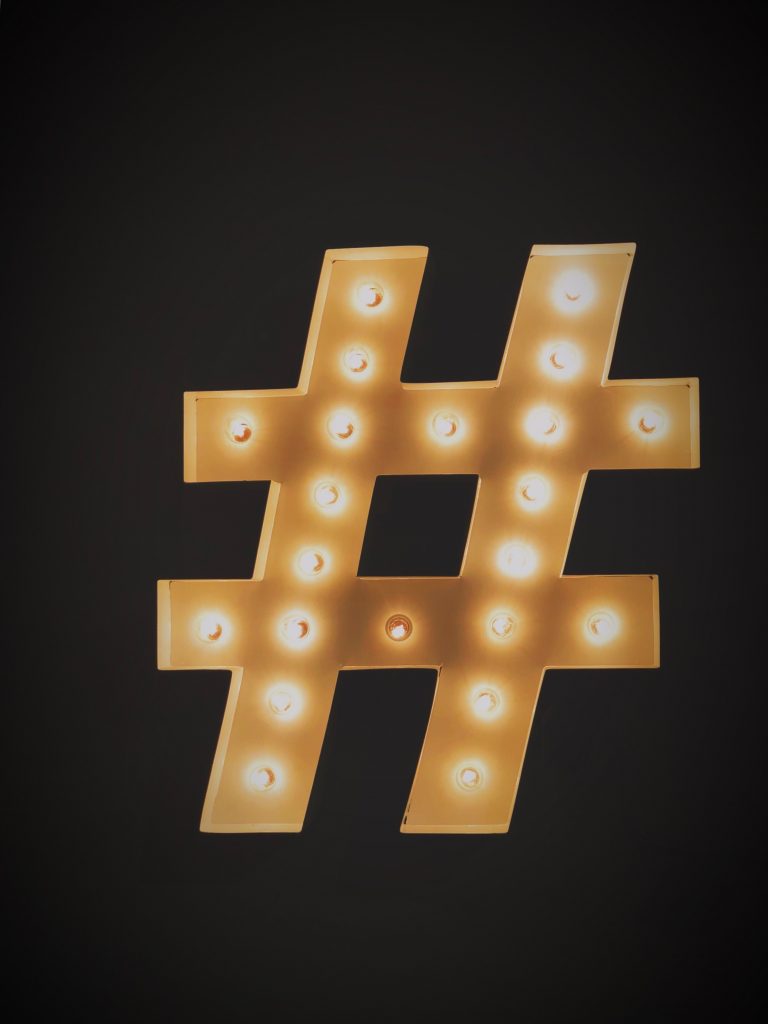
(Jon Tyson, Unsplash)
In June, teens and K-Pop stans on TikTok took credit for the disappointingly low-turnout at President Trump’s campaign rally in Tulsa, Oklahoma. The campaign reported that more than a million people requested free tickets to the rally, but only about 6,000 people attended. The TikTok disrupters claimed to have registered for hundreds of thousands of tickets in the hopes of embarrassing the campaign by not showing up. And it worked.
K-Pop stans were also behind the hashtag hijacking campaign to drown out white supremacists on Twitter. Shortly after George Floyd’s murder when the #BlackLivesMatter movement roared back to life (and hasn’t stopped since), another hashtag was trending, too: #WhiteLivesMatter. On June 3, K-Pop stans spammed the #WhiteLivesMatter hashtag to promote their favorite Korean pop stars and to share anti-racism resources while rendering the white supremacist hashtag virtually ineffective.
Unfortunately, hijacked hashtags can also cause problems for legitimate groups with positive messaging—even unintentionally by their own supporters. The #BlackoutTuesday campaign to share black squares on social media in solidarity with Black victims of police violence flooded the #BlackLivesMatter and #BLM hashtags and downed out vital information for the BLM movement.
More sinisterly, the conspiracy group QAnon has co-opted the anti-human trafficking movement by spreading misinformation about child trafficking through their #SaveOurChildren hashtag, which has lured in unsuspecting non-conspirators who are, rightfully, against child trafficking, but who are also promoting QAnon in the process.
This past weekend, another Twitter hashtag was hijacked, this time #ProudBoys, used to promote the Proud Boys extremist group which is an officially designated Hate Group by the Southern Poverty Law Center. During the first presidential debate with Joe Biden, President Trump refused to outright condemn white supremacy, instead telling the extremist Proud Boys to “stand back and stand by”. Interest surged in the Proud Boy movement post-debate, but so did the backlash against it.
Now, instead of promoting white supremacy and hate, #ProudBoys on Twitter is dominated by LGBT men and their allies who are sharing pictures of proud gay men with their partners and families, or just living their best, most authentic lives. On October 1, beloved celebrity (and proud gay man) George Takei tweeted asking if “the BTS and TikTok kids can help LGBTs” take over the hashtag, and by October 3, the hashtag had been officially co-opted to beautiful, resounding, passionate success.
It’s too soon to know if social disruption campaigns will ever lead to significant, long-term success for protest movements. But in the meantime, we can celebrate how wonderful it is to see social media flooded with messages of love rather than hate. Let’s keep it going.
Resources for Protesting Effectively:
- What Protests Can (And Can’t) Do (FiveThirtyEight)
- Strategies for Sustainable Protest (Protest Resilience Toolkit)
- 4 Rules for Making a Protest Work, According to Experts (Vox)
- The Psychology of Effective Protest (The Atlantic)
- People Protest for Many Reasons, Yet We Don’t Know How Effective Protests Are (The London School of Economics and Political Science)
- Resources in the Fight for Racial Justice (Super Awesome People™)
- How To Help Protestors Fight for Justice (Super Awesome People™)
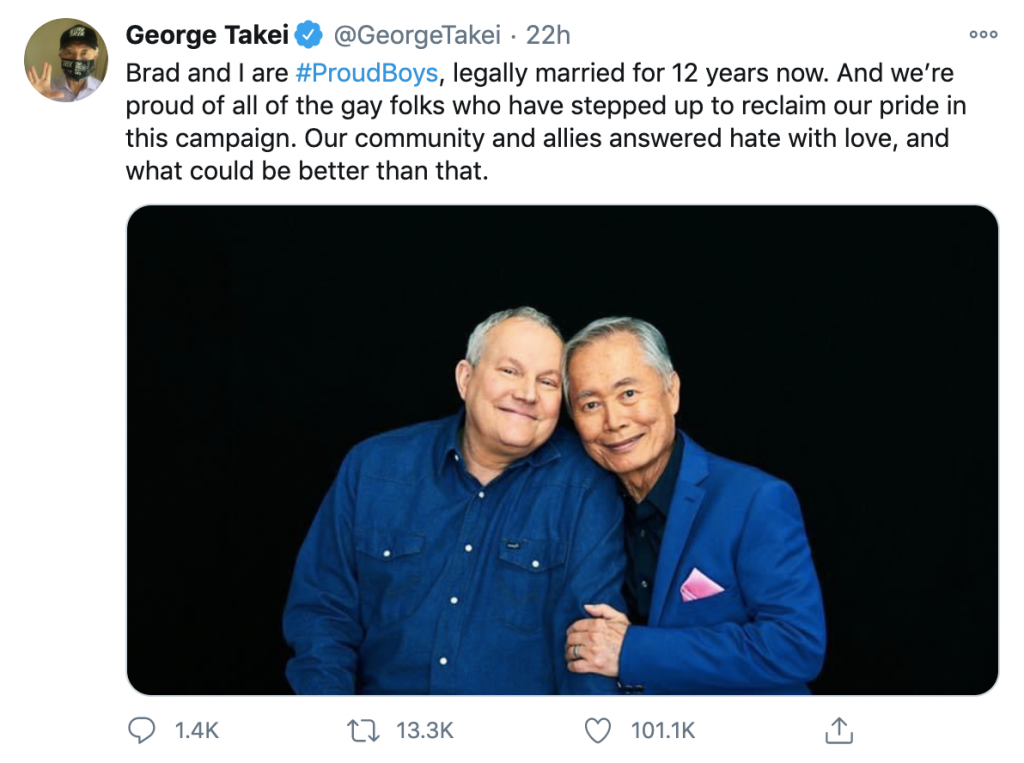
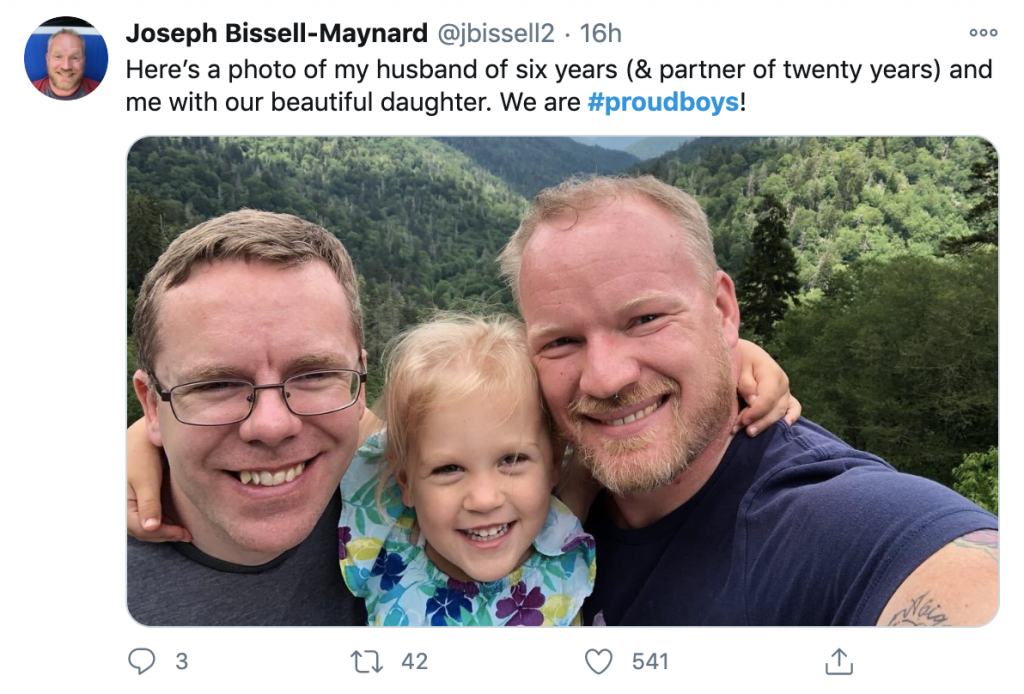
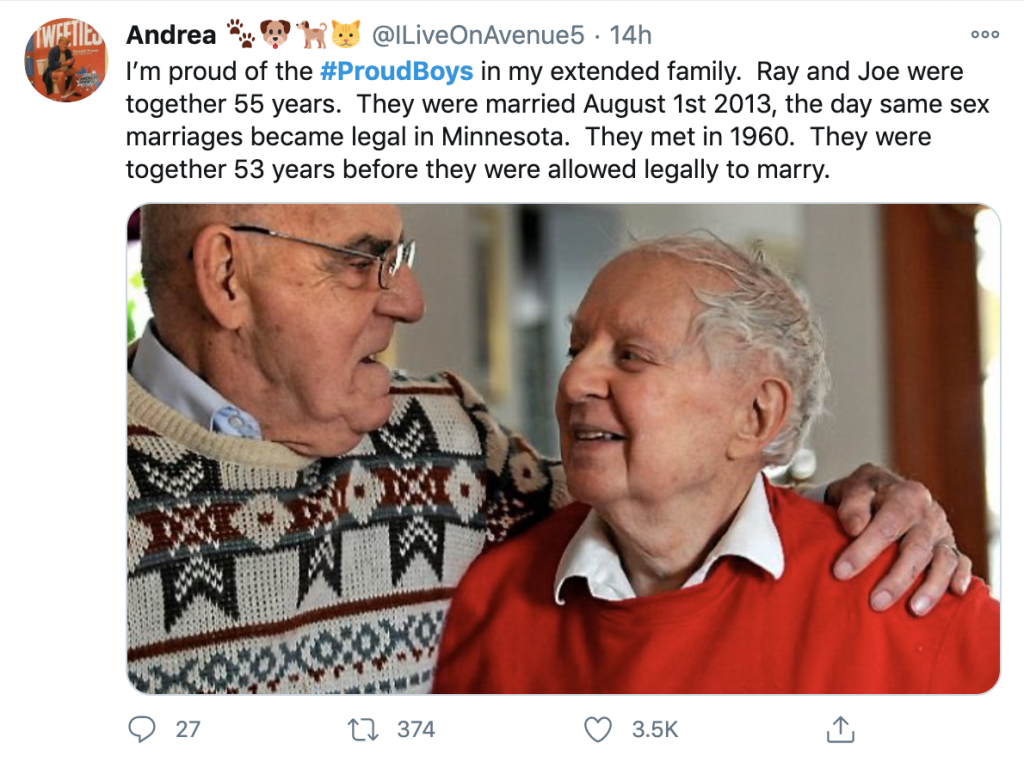
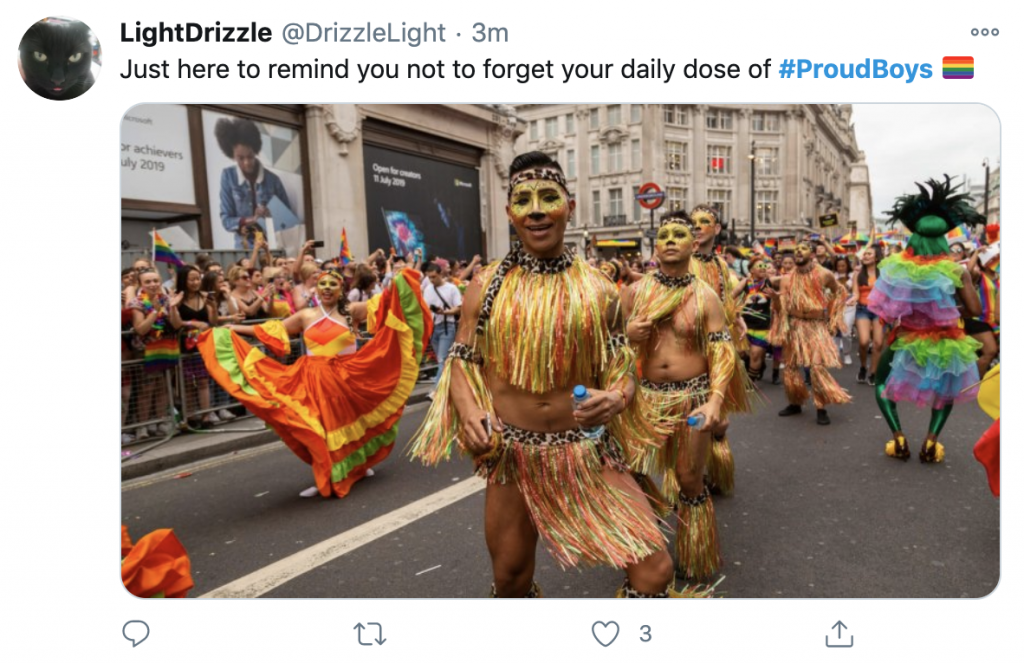
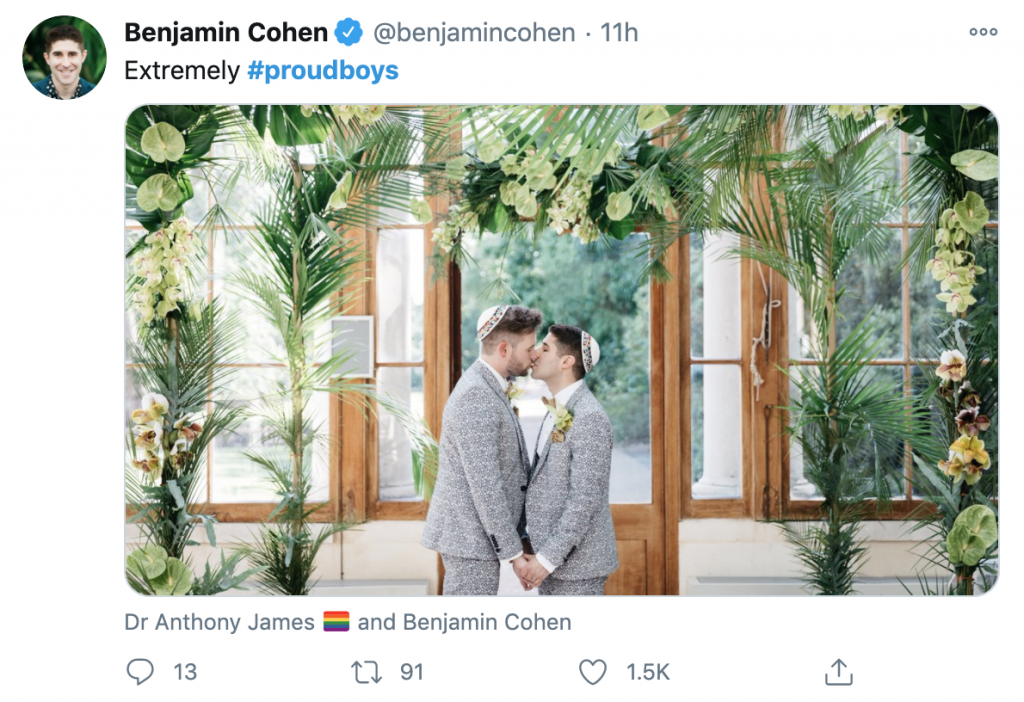
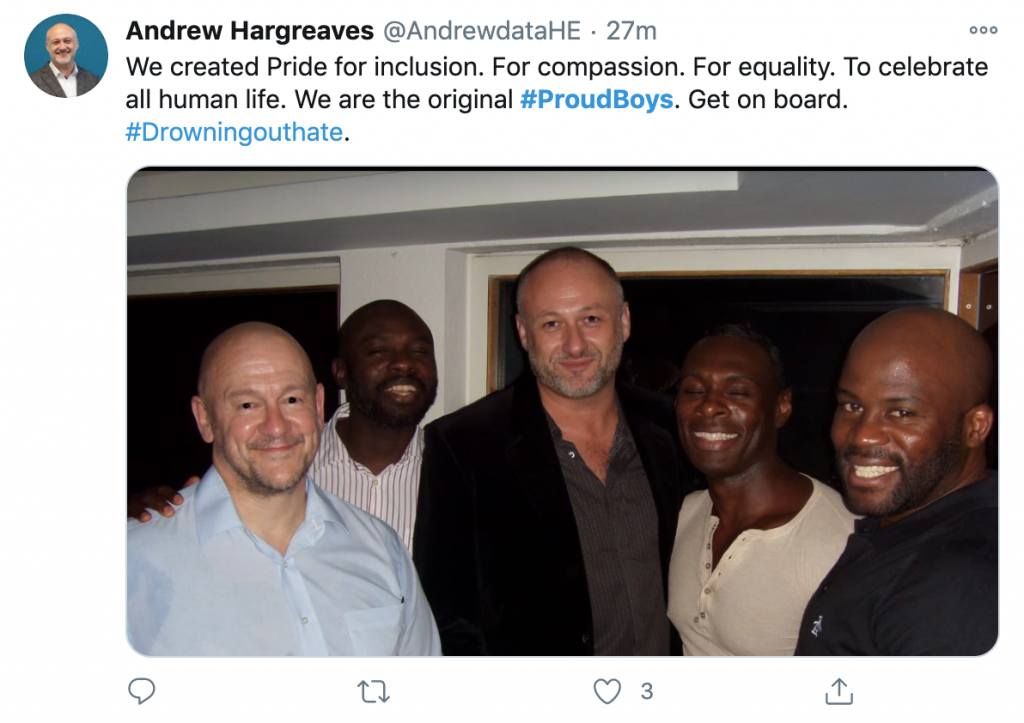
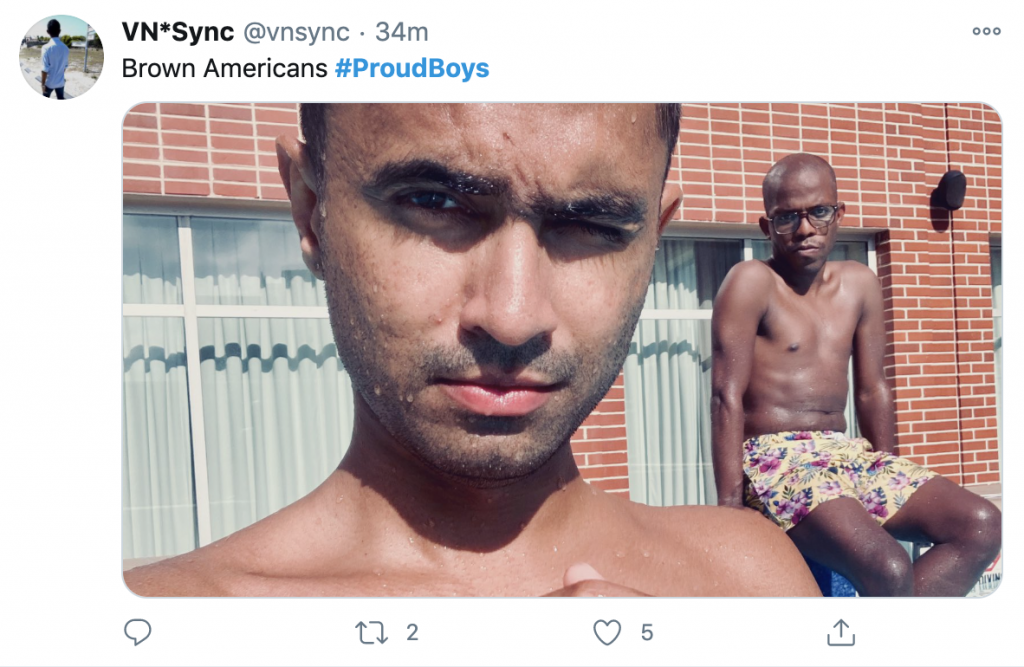
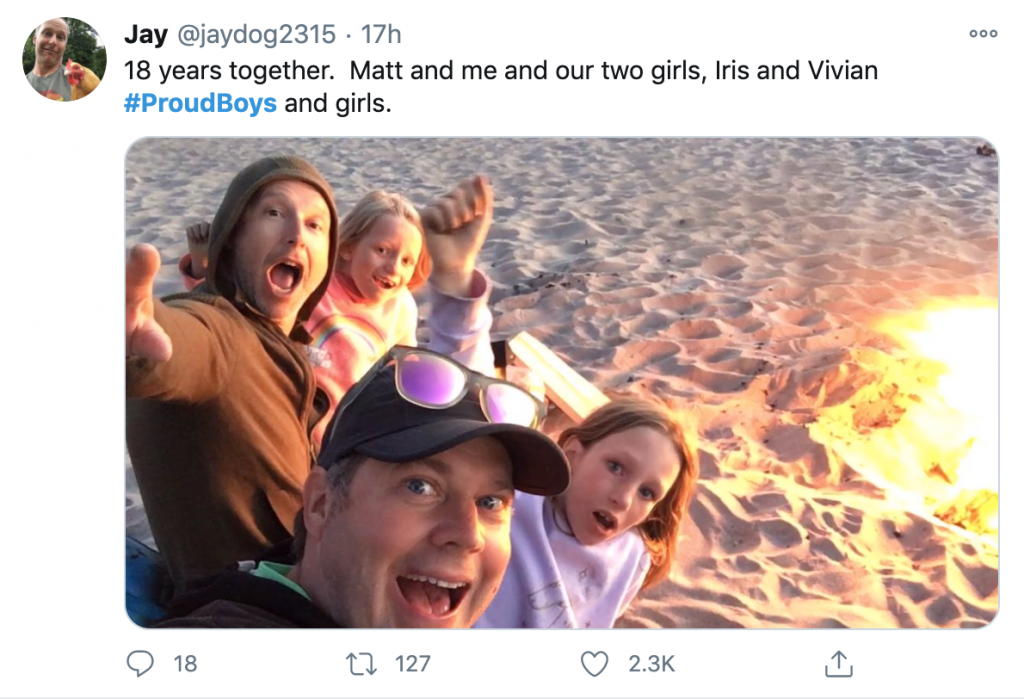
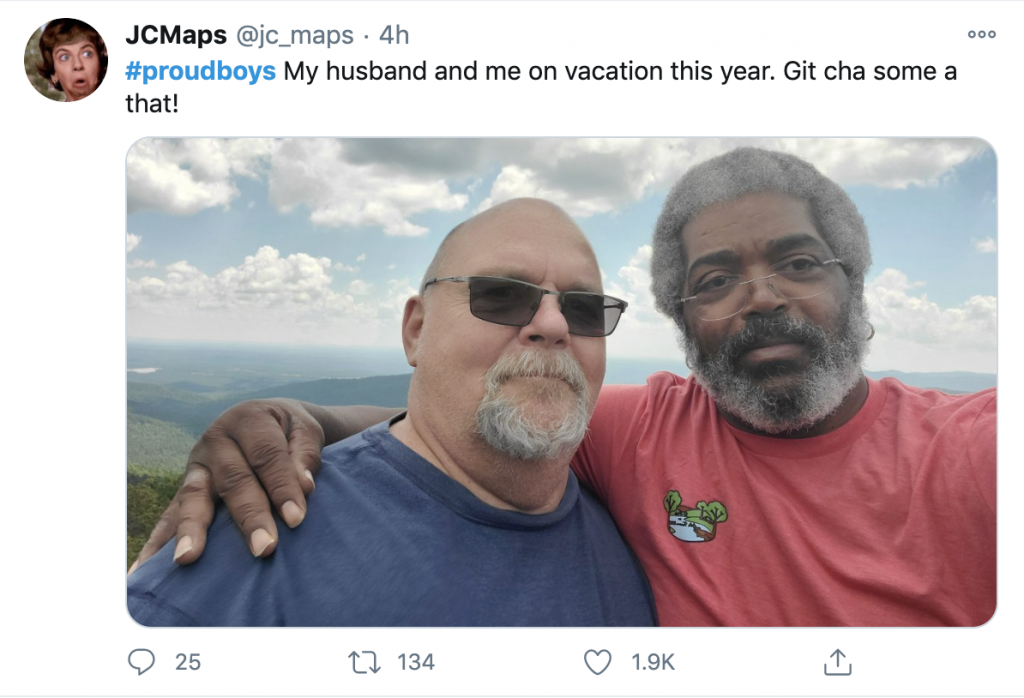
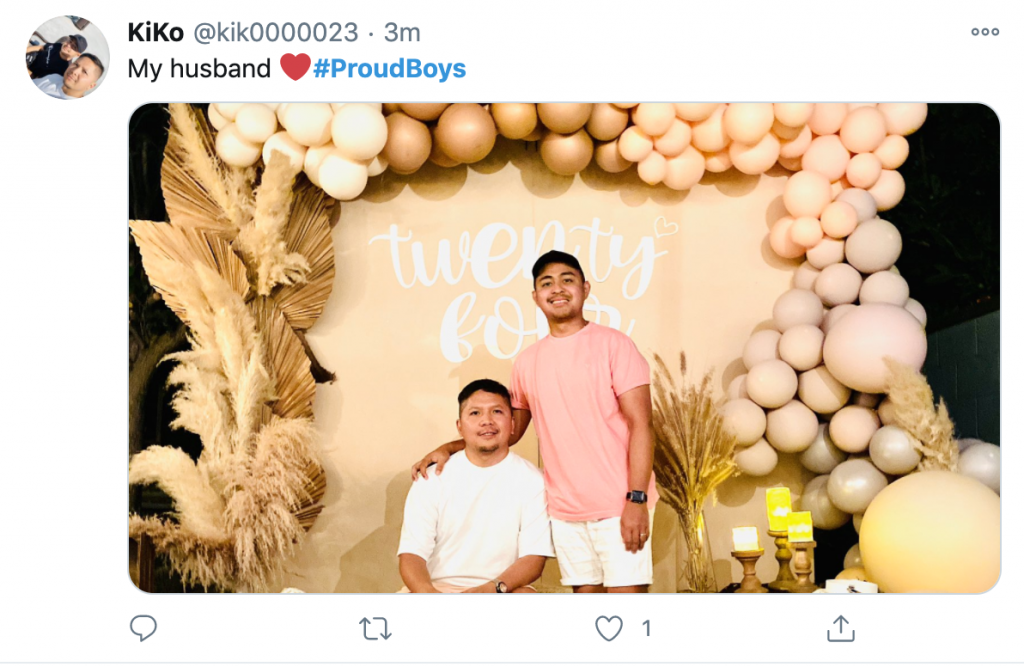
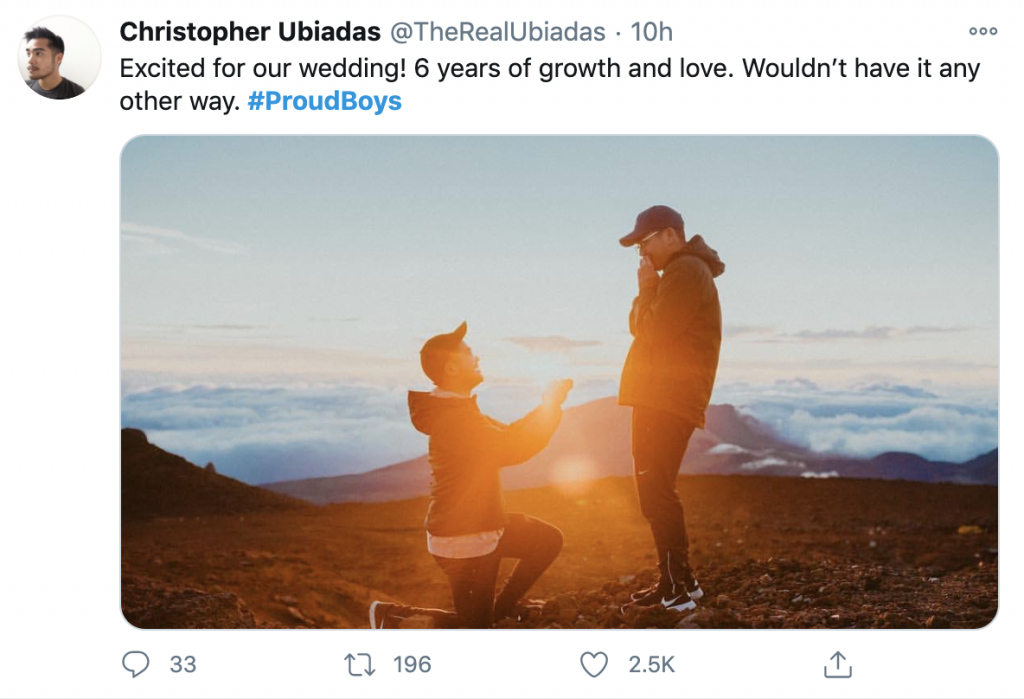
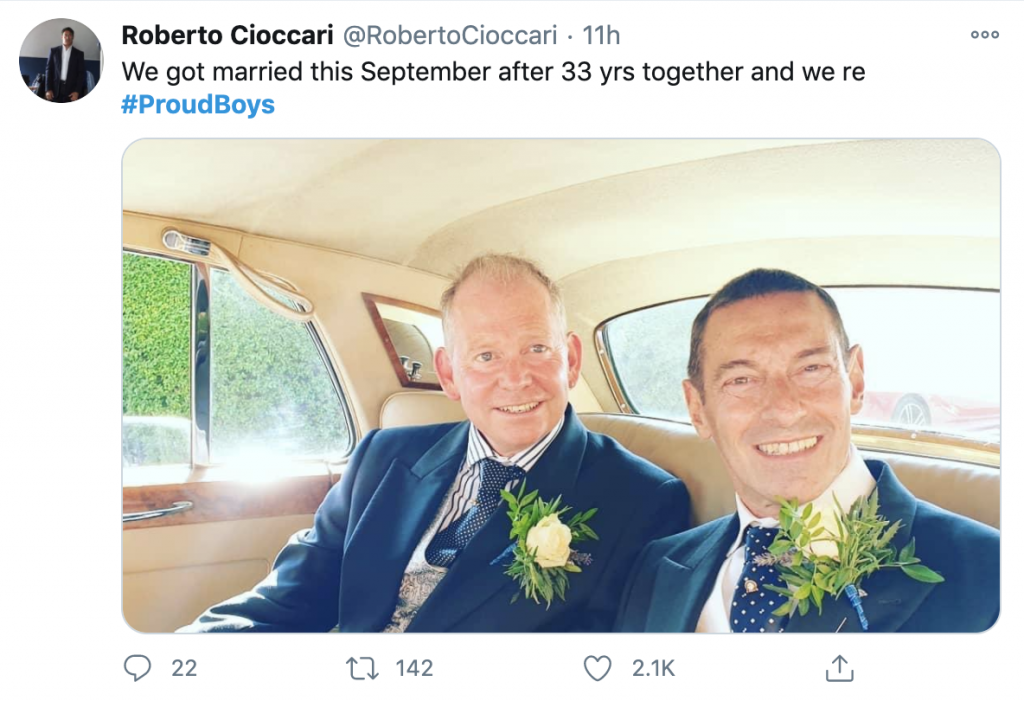
Pingback: TBT: A Photographic History of Men in Love – Super Awesome People™